Top Things to Know Before Buying Indoor Hydroponics
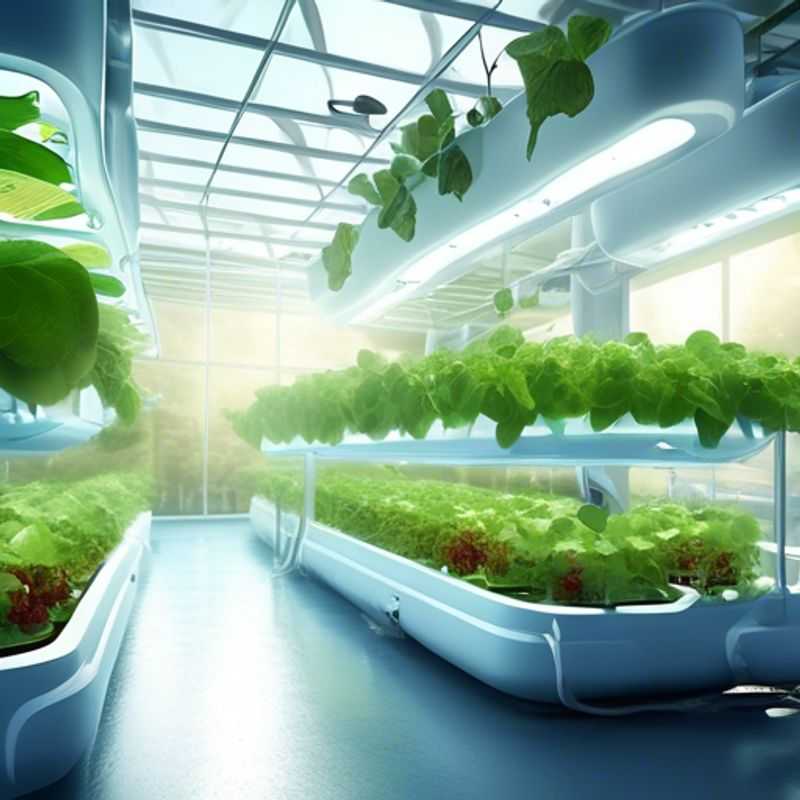
Unlocking Indoor Hydroponics Success: 7 Essential Things to Know Before You Grow
Embarking on the exciting journey of indoor hydroponics? It's a fantastic way to cultivate fresh, vibrant plants year-round, regardless of your environment. However, before you dive into this fascinating world, there are a few key things to know.
First,
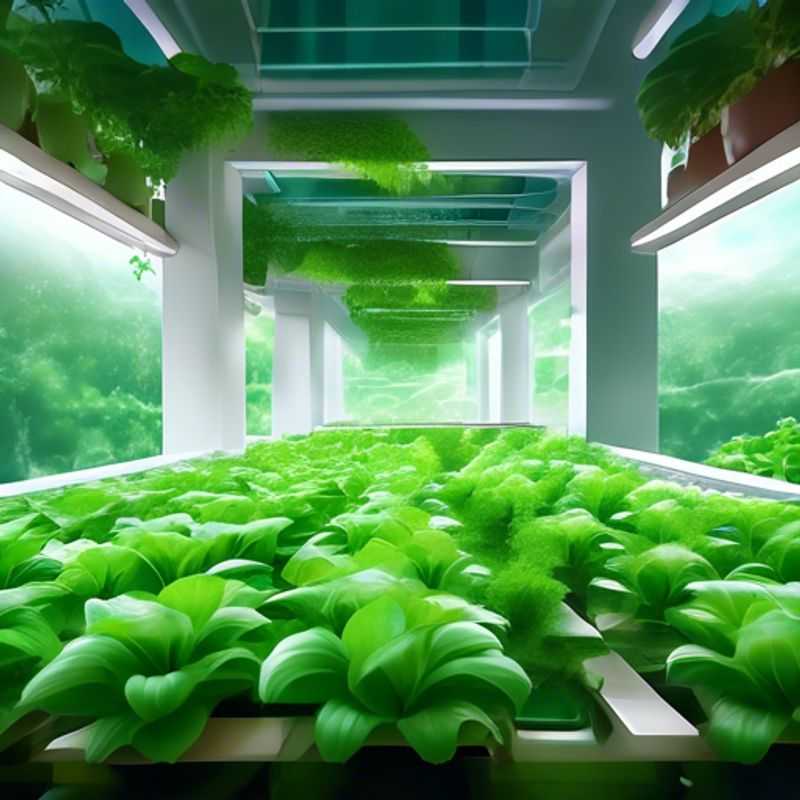
Hydroponic Gardening: A Deep Dive into System Types and Needs
Hydroponics is a method of growing plants without soil, using nutrient-rich water solutions. There are different types of hydroponic systems, each with its own advantages and requirements.
Deep Water Culture (DWC) is a simple system where plants are suspended in oxygenated water with nutrients. It's ideal for beginners, but requires frequent monitoring of water levels and nutrient levels.
Nutrient Film Technique (NFT) uses a thin film of nutrient solution flowing over plant roots. This system is efficient and provides consistent nutrient delivery. However, it requires a pump and careful maintenance of the nutrient solution.
Ebb and Flow (Flood and Drain) systems periodically flood and drain the growing area with nutrient solution. This method offers excellent aeration and allows for easier control of pH and nutrient levels. However, it can be more expensive than other methods.
Wick System is a passive method where a wick draws nutrient solution from a reservoir to the plant roots. It's a simple and low-maintenance system, but it's less efficient and suitable for smaller plants.
Aeroponic Systems suspend plants in the air, with nutrient solution sprayed directly onto the roots. This method allows for faster growth and higher yields but requires more technical expertise and specific equipment.
Choosing the right hydroponic system depends on your budget, available space, and experience level. It's important to carefully research each system's requirements before making a decision. Remember to consider the cost of equipment, nutrient solutions, and ongoing maintenance expenses.
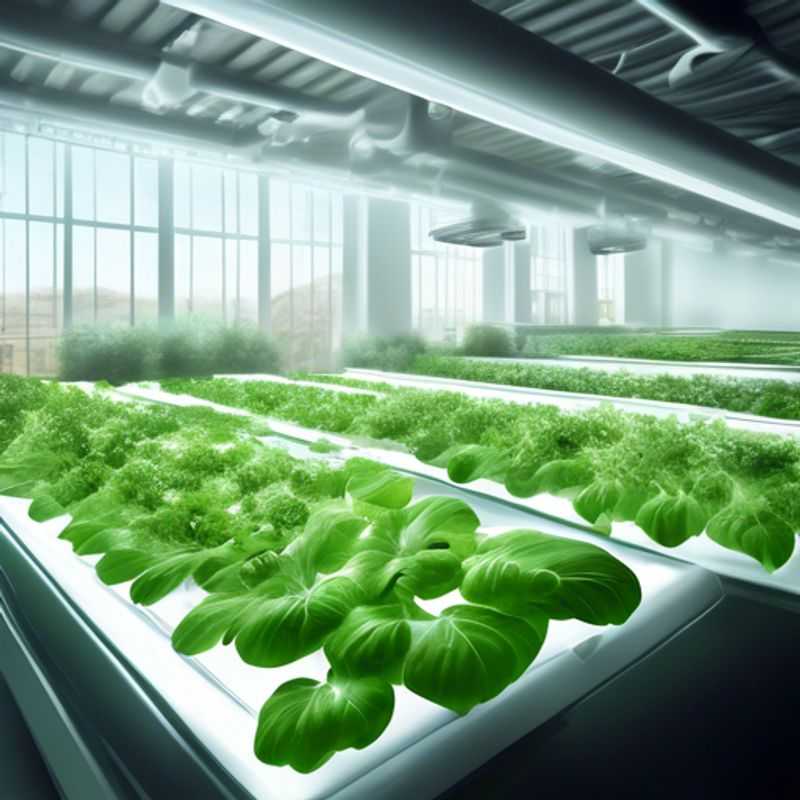
Unlocking Your Garden's Potential: Researching the Perfect Growing Conditions
Before you start cultivating plants, it's crucial to understand their individual needs. Every plant has a unique set of conditions it thrives in. This involves researching the optimal growing conditions for each plant you plan to cultivate.
Knowing the optimal conditions ensures your plants thrive, leading to healthy growth and bountiful yields. Here's a guide to help you research the right conditions for your plants:
Sunlight: Plants require specific amounts of sunlight for photosynthesis. Some plants thrive in full sun, while others prefer partial shade. Researching the sunlight requirements is crucial for choosing the right location for your plants.
Temperature: Just like us, plants have an optimal temperature range. Some plants are resilient to colder conditions, while others prefer warm temperatures. Researching the temperature preferences of your plants ensures they grow healthy and strong.
Water: All plants need water, but some need more than others. The watering frequency depends on factors like soil type, climate, and pot size. Researching the watering needs of your plants helps you avoid overwatering or underwatering, which can damage them.
Soil: The soil plays a crucial role in plant growth. Different plants prefer different soil types. Some prefer acidic soil, while others thrive in alkaline soil. Researching the soil preferences of your plants will ensure they get the right nutrients for optimal growth.
Fertilizer: Plants need essential nutrients for growth. Fertilizers provide these nutrients in a concentrated form. However, over-fertilizing can harm plants. Researching the fertilizer requirements of your plants helps you provide them with the right amount of nutrients without causing damage.
Pests and diseases: Plants can be vulnerable to pests and diseases. Researching the common pests and diseases in your area and the preventative measures can help protect your plants from these threats.
Harvesting: Understanding the harvesting time for your plants is crucial for getting the most out of your efforts. Different plants have different harvesting windows, so researching this information is essential.
While researching these optimal growing conditions can seem tedious, it's a crucial step towards ensuring successful cultivation. Investing a little time in research can save you a lot of frustration and disappointment later on.
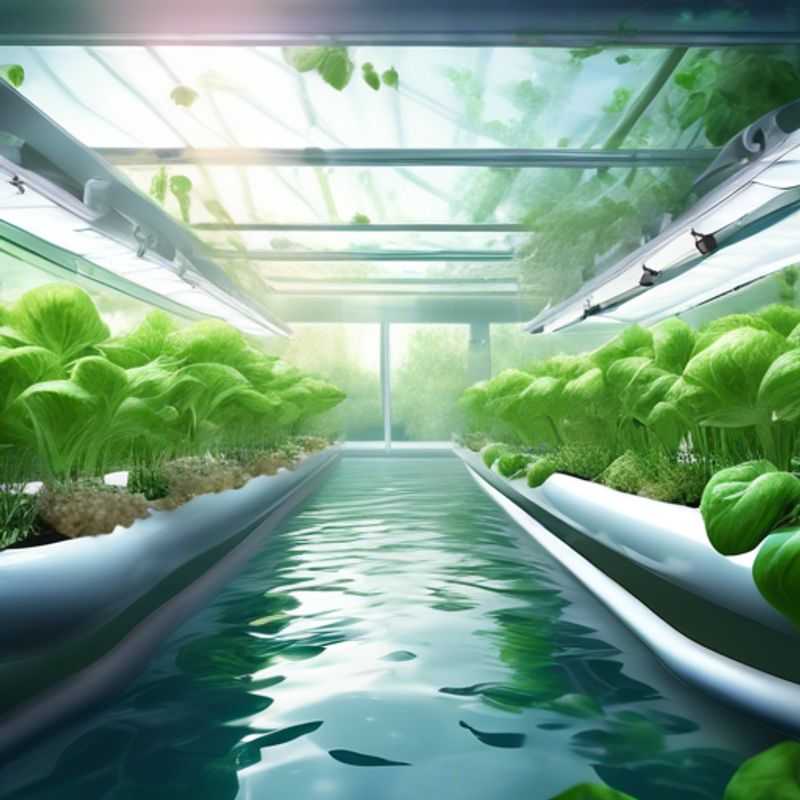
Grow Lights: Illuminating the Path to Healthy Plants
Investing in a high-quality grow light system is crucial for indoor gardening success. These systems provide the necessary light spectrum and intensity for healthy plant growth, especially during limited sunlight hours. Proper lighting ensures sufficient photosynthesis, leading to robust plants with vibrant colors and bountiful harvests.
Consider these factors when choosing a grow light system:
Light Spectrum: Plants require specific wavelengths of light for optimal growth. Red and blue light are essential for photosynthesis, while other colors like far-red and UV can stimulate flowering and increase yields.
Light Intensity: The intensity of light influences plant growth. Consider the specific needs of your plants to select a system with appropriate light levels.
Coverage: Choose a system that adequately covers the growing area. Factor in the height of your plants and the distance they'll grow.
Type of Light: LED grow lights are increasingly popular due to their efficiency, longevity, and low heat generation. However, other options like fluorescent or HID lights are still available.
Budget: Grow light systems vary in price. Assess your budget and the features you need before making a purchase.
Maintenance: Consider the ease of maintenance. Some systems require regular cleaning or bulb replacements.
Installation: Ensure the system is easily installed in your growing space. Factor in the weight and size of the lights.
Investing in a reliable grow light system is an important step in creating a successful indoor garden.
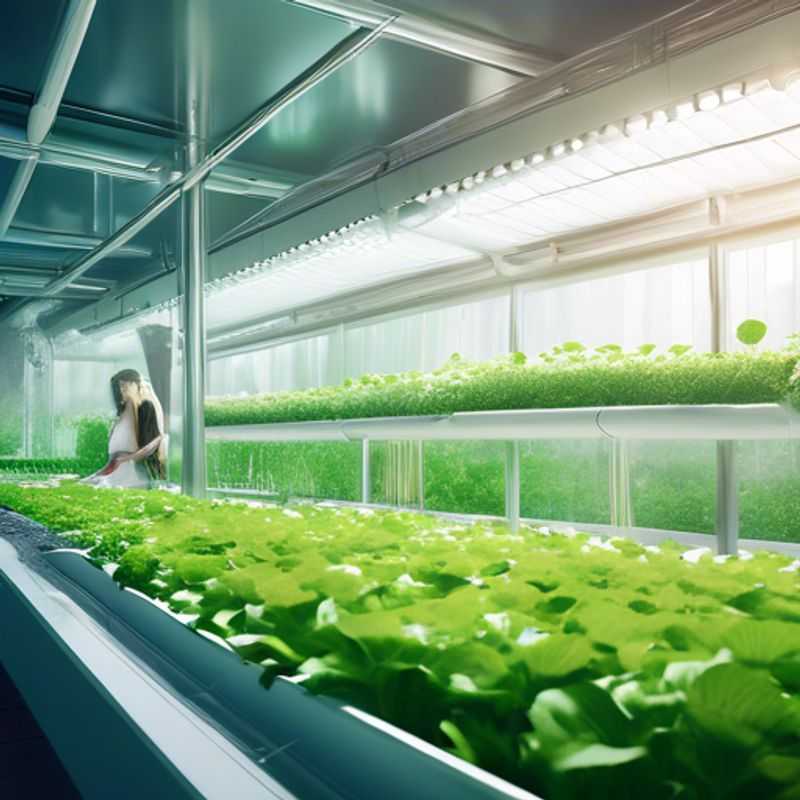
Sizing Up Your Space: Choosing the Right Indoor Setup
Before diving into the exciting world of home theater systems, take a moment to assess your space. Understanding your room's dimensions and layout is crucial for choosing a system that fits well and delivers a truly immersive experience.
Think about the size of your room, the placement of your seating, and any potential obstacles that might impact sound quality. For smaller rooms, a compact system with a soundbar and a subwoofer can be a great fit, while larger rooms might benefit from a more elaborate setup with multiple speakers.
Consider your budget and the level of audio quality you desire. Home theater systems range in price, from affordable entry-level models to high-end systems that offer exceptional sound fidelity. Remember, the price tag often reflects the quality of components, features, and overall performance.
Don't forget about installation costs. Depending on the complexity of your chosen system and your DIY skills, professional installation might be necessary. This cost can vary significantly, so factor it into your budget early on.
Most importantly, consider the experience you want to create. Are you looking for a casual home theater setup for movie nights with family, or a more immersive setup for gaming and listening to music? Once you have a clear idea of your desired experience, you can choose a system that meets your specific needs.
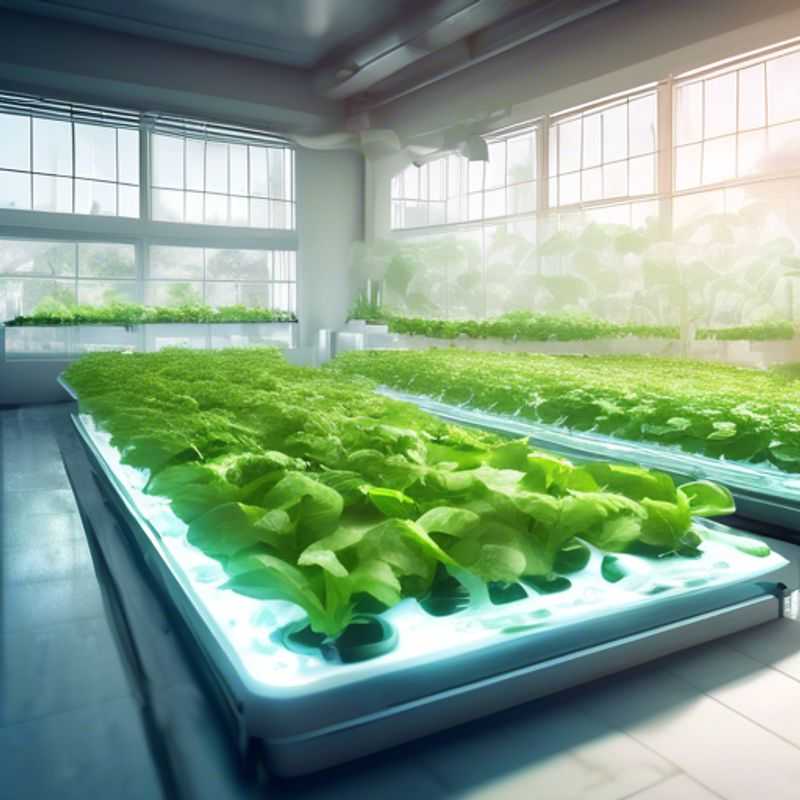
Nurturing Growth: A Guide to Nutrient Solutions, pH, and EC
Nutrient solutions are the lifeblood of hydroponic gardening, providing plants with the essential nutrients they need to thrive. But maintaining the right balance of these nutrients is crucial. This is where pH and EC levels come into play.
pH, or potential of hydrogen, measures the acidity or alkalinity of the solution. Most plants prefer a slightly acidic pH range of 5.5 to 6.5. If the pH is too high or too low, nutrients become unavailable to the plants, leading to stunted growth and deficiency.
EC, or electrical conductivity, measures the total amount of dissolved salts in the solution. This includes the nutrients, but also any impurities or buildup. A higher EC indicates a more concentrated solution, which can be beneficial for vigorous growth but can also lead to nutrient lockout if it becomes too high. The ideal EC range varies depending on the plant species and growth stage.
Maintaining the proper pH and EC levels is essential for successful hydroponic gardening. There are several methods for adjusting these levels, including:
• Adding pH up or pH down solutions to adjust the acidity or alkalinity of the water.
• Using a nutrient solution calculator to determine the appropriate concentration of nutrients for your specific needs.
• Regularly monitoring the pH and EC levels with a pH meter and EC meter.
Regularly testing and adjusting the pH and EC levels is crucial for keeping your plants healthy and producing bountiful harvests. With a little care and attention, you can provide your hydroponic plants with the optimal environment for success.
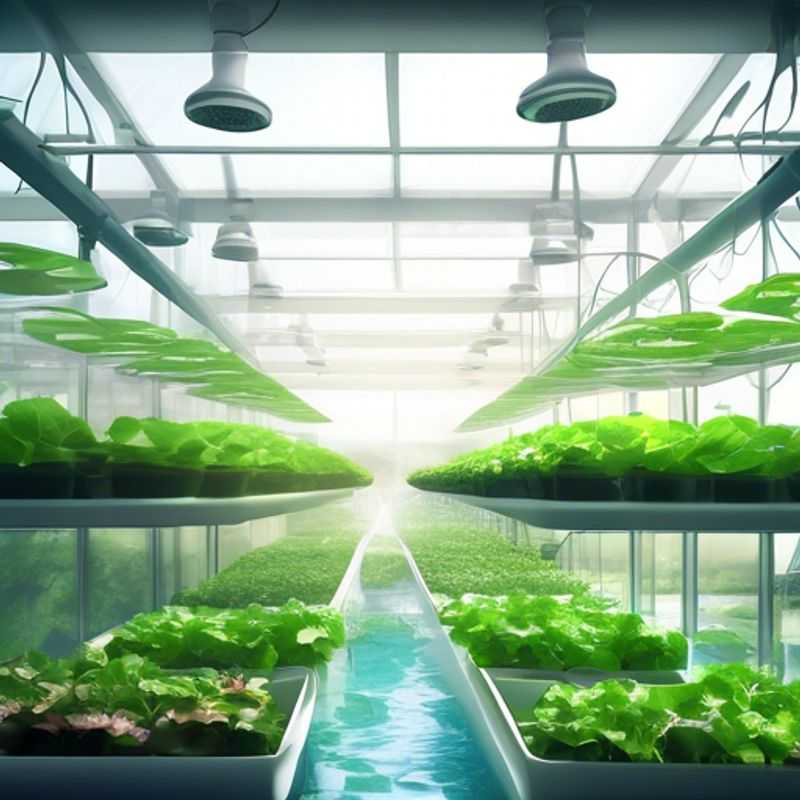
Mastering Maintenance: A Guide to Keeping Your System Clean and Running Smoothly
Regular maintenance and cleaning are crucial for ensuring optimal performance and longevity of your system. This includes both hardware and software aspects.
Hardware Maintenance: Regularly cleaning dust and debris from your system's components, such as the CPU, GPU, and fans, will improve airflow and prevent overheating. Consider investing in compressed air or a dust blower for this task. Cleaning the keyboard and mouse are also important, especially for systems used in dusty environments.
Software Maintenance: Keep your operating system and software up-to-date with the latest security patches and updates. This helps protect against vulnerabilities and malware. It's also essential to regularly scan for and remove malicious software. Consider using a reputable antivirus program.
Disk Management: Regularly backup important data to prevent loss. Delete temporary files and unused programs to free up disk space. Regularly defragment your hard drive (if using a traditional HDD) to improve performance.
Other Considerations: Inspect cables and connectors for any signs of damage. Check your power supply unit for any signs of wear and tear. Ensure adequate ventilation around the system to prevent overheating.
Professional Help: For more complex maintenance or cleaning tasks, consider seeking professional assistance from a qualified technician. This is especially important if you're uncomfortable working with electrical components or are dealing with a complex system.
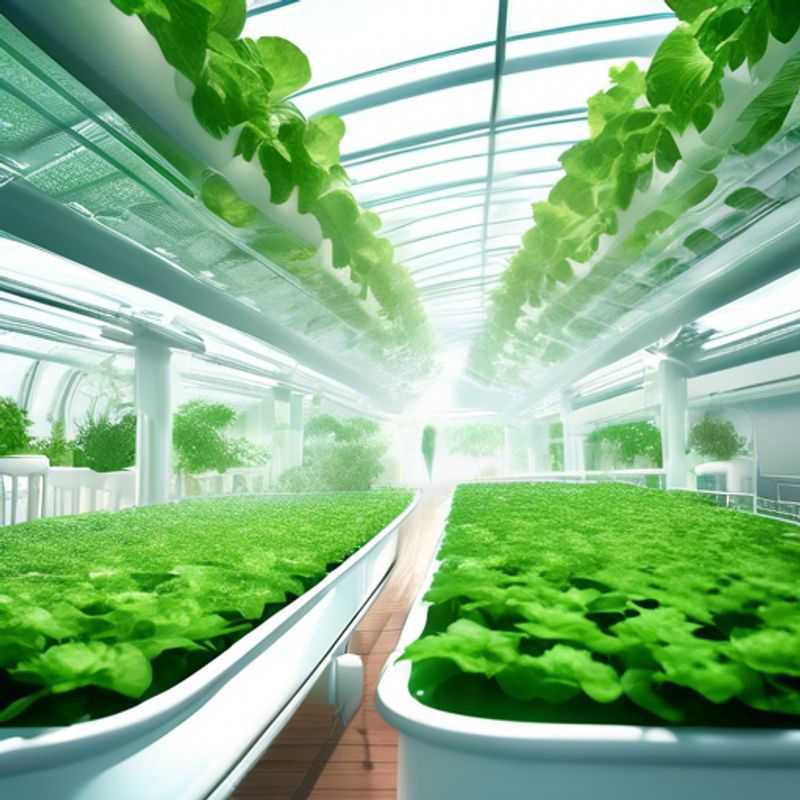
Cultivating Success: A Guide to Monitoring Plant Growth and Troubleshooting Issues
To develop a comprehensive plan for monitoring plant growth and troubleshooting any issues, follow these key steps. First, establish clear growth metrics to track, such as height, leaf count, and overall health. Utilize a calendar to schedule regular observations, ideally weekly, to note changes and detect any anomalies early. Document your findings in a growth log, which can help identify patterns over time.
Next, implement environmental monitoring by measuring light, temperature, humidity, and soil moisture. This can be done using tools like soil moisture meters, thermometers, and light meters. Regularly calibrate these devices to ensure accuracy. Also, consider investing in automated monitoring systems that can alert you to environmental changes remotely.
When troubleshooting, identify symptoms of common plant issues, such as yellowing leaves (indicating nutrient deficiencies) or wilting (often a sign of overwatering). Research and apply suitable remedies based on identified problems. Additionally, consider the use of organic pesticides if pest issues arise, ensuring to follow application guidelines carefully.
In terms of budgeting, account for paid activities such as purchasing monitoring tools, soil tests, fertilizers, and pest management products. These costs can vary, so it's wise to shop around and compare prices. Incorporating these elements into your plan will help create a successful and sustainable monitoring system for your plants.
